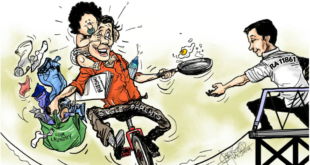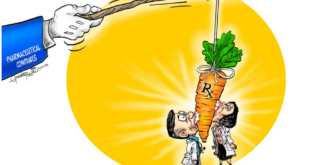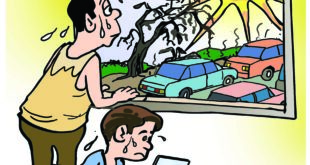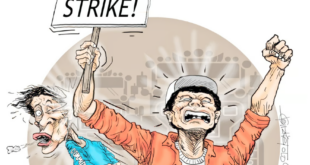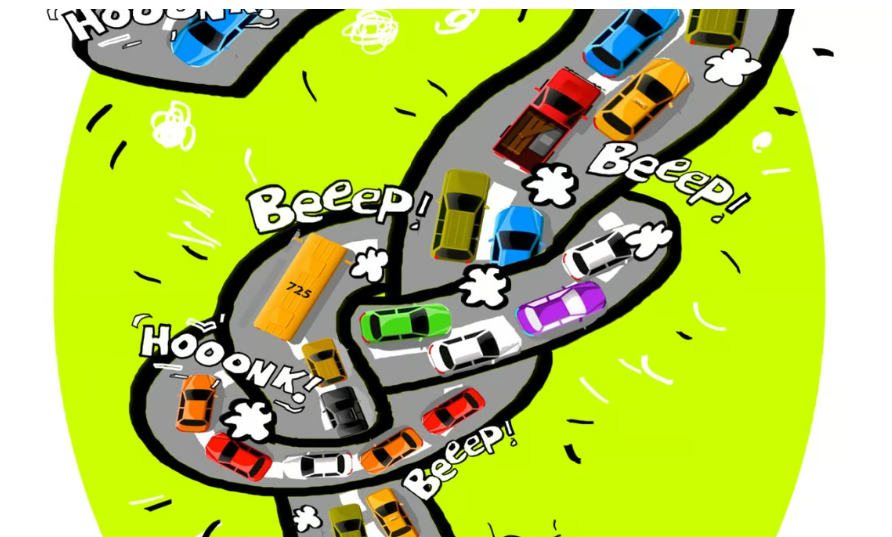 The weekend saw a familiar sight for Metro Manila motorists: gridlock. Repairs on the EDSA-Roxas Boulevard flyover, with scant warning, transformed a routine commute into an ordeal. This exemplifies the ongoing battle against traffic congestion in the megacity.
The weekend saw a familiar sight for Metro Manila motorists: gridlock. Repairs on the EDSA-Roxas Boulevard flyover, with scant warning, transformed a routine commute into an ordeal. This exemplifies the ongoing battle against traffic congestion in the megacity.
Tasked with managing traffic flow, the Metropolitan Manila Development Authority (MMDA) was once again found wanting. Simple signage along Coastal Road, alerting drivers to the closure and offering alternative routes, would have spared countless commuters frustration and wasted time.
The lack or inadequate communication is, however, just one facet of a much larger problem — Metro Manila’s infrastructure struggles to keep pace with its booming population and vehicle ownership.
While the Department of Public Works and Highways (DPWH) has undertaken efforts to retrofit existing structures like flyovers to withstand earthquakes, these projects often exacerbate congestion in the short term.
Alas, the specter of the “Big One,” a powerful earthquake predicted to hit along the West Valley Fault, adds urgency to these efforts but also necessitates temporary closures that disrupt daily life.
However, there’s a growing consensus that infrastructure development alone is not the silver bullet. President Ferdinand Marcos Jr. recently highlighted the need for a multi-pronged approach.
He said that spreading economic growth beyond Metro Manila by developing nearby provinces like Bulacan, Pampanga, Cavite and Laguna is a key strategy. Investments in these areas, the President said in a recent vlog, would create opportunities that could entice people to live and work there, alleviating the pressure on the capital.
Ongoing infrastructure projects such as road improvements, bridges, airports, and expanded public transportation systems should further connect these areas and facilitate this shift, he added, brimming with the optimism that may not be shared by many Filipinos. The bottom line is that public transportation would play a crucial role in any strategy to alleviate traffic congestion.
Metro Manila boasts a complex network of buses, jeepneys (locally assembled passenger vehicles that are being phased out), trains, and tricycles, but the system is often plagued by inefficiency and overcrowding. There’s also driver discipline or the lack thereof.
Long wait times, unpredictable schedules, and uncomfortable conditions discourage commuters from relying solely on public transportation. Investing in a modern, integrated public transportation system with dedicated lanes, improved scheduling, and a focus on passenger comfort is vital. This will require not only significant financial resources but also a shift in mindset among commuters who may be accustomed to the informality of the current system.
Technology can certainly play a part in easing traffic congestion. The rise of ride-hailing apps has provided some relief, offering commuters a convenient and (often) faster alternative to traditional taxis.
However, a surge in demand can quickly overwhelm the available drivers and vehicles, leading to price hikes and extended wait times. Ridesharing services can be a valuable tool, but regulations are needed to ensure they operate efficiently and do not exacerbate congestion during peak hours.
Likewise, the concept of a shared economy can be further explored. Carpooling arrangements facilitated by apps or designated pick-up and drop-off zones for ride-sharing would encourage commuters to share vehicles, reducing the number of cars on the road.
President Marcos’ emphasis on fostering discipline among motorists and commuters is also crucial. Just as he said, simple acts of courtesy, like following lane markings and avoiding blocking intersections, can significantly improve traffic flow.
Amid road rage incidents, a cultural shift towards responsible behavior on the road requires sustained public education campaigns and stricter enforcement of traffic laws. Government agencies must lead by example, ensuring their vehicles adhere to the same regulations expected of ordinary citizens.
Addressing Metro Manila’s traffic woes demands a comprehensive solution. Infrastructure development, economic decentralization, a culture of responsible behavior, and a modernized public transportation system must all be addressed holistically.
While long-term projects unfold, improved communication and coordination, as exemplified by the need for signage during flyover repairs, can provide some immediate relief.
Ultimately, a collaborative effort by the government, businesses, and citizens is essential to move Metro Manila beyond gridlock. This will require patience and a shared commitment to building a more efficient, less frustrating, and ultimately, more livable transportation system for the millions who call Metro Manila home.
*****
Credit belongs to: tribune.net.ph
 Atin Ito First Filipino Community Newspaper in Ontario
Atin Ito First Filipino Community Newspaper in Ontario

